The lockdown in London began with a dearth of pasta. Photos circulated on WhatsApp groups of the barren shelves of branches of Waitrose – a want of linguini, a shortfall of fusilli, a paucity of pappardelle. My larder was already overflowing with the stuff, thank god, with two or three pouches of pasta tumbling on my head every time I opened the cupboard. Not stockpiling, I promise; just business as usual. Loo roll is one thing in this household, rigatoni quite another.
The pasta problem would have pleased F.T. Marinetti. In December 1930, the artist-provocateur declared war on pasta with the publication of ‘The Manifesto of Futurist Cuisine’ (co-written with Fillìa), a campaign that continued through outré banquets and nonna-goading newspaper articles, and culminated in the publication of The Futurist Cookbook in 1932. Out with spaghetti, in with ‘aerofood, tactile’, ‘sculpted meat’ and ‘totalrice’. The aftershock could still be felt by the time Elizabeth David published Italian Food in 1954: her introduction to the chapter on ‘Pasta Asciutta’ is largely given over to Marinetti and his antipathy to macaroni.
The Futurist argument against culinary traditions came couched in a quasi-scientific language of nutrition and the national interest. ‘Let us probe […] with genius into gastric chemistry,’ as the manifesto has it. Or, playing on the rich, ruinous past of the Italian peninsular: ‘The defenders of pasta are shackled by its ball and chain like convicted lifers or carry its ruins in their stomachs like archaeologists.’ Pasta, they claimed, made men sluggish and ‘anti-virile’ (they were more interested in men than women); its consumers were even predisposed to lethargy as they dined on it, abstaining from chewing and thereby casting their digestive organs ever further into lassitude.
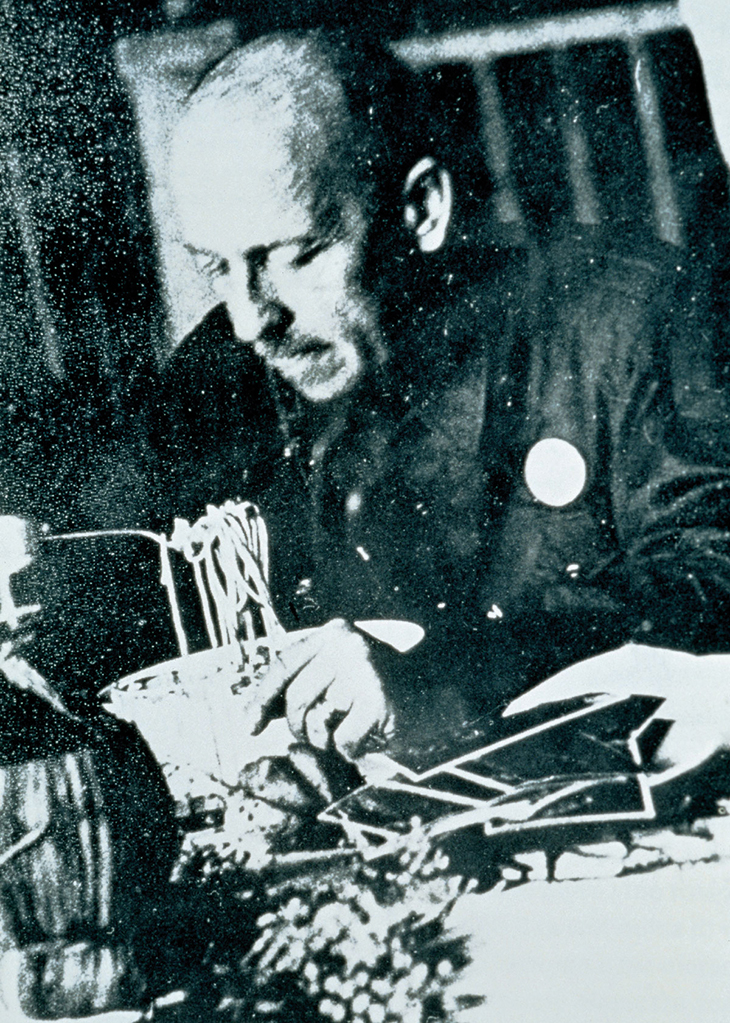
Filippo Tommaso Marinetti eating pasta at Biffi, a restaurant in Milan in 1930. The Estorick Collection, London
This being Marinetti, the entire enterprise had a Fascist edge, if not expressly then at least in its nationalist and patriotic seasoning; the artist’s love-hate relationship with the party, despite his break with it in 1921, tended to veer on the side of sympathy. It’s there in the glorification of Italian products (particularly its ‘rice industry’), in the insistence on Italian coinages to replace French borrowings (mescitore for ‘barman’; quisibeve for ‘bar’), and in the go-faster militarism of Futurist recipes (from ‘steel chicken’ to ‘veal fusillage’ and ‘fisticuff stuff’). (The translations are Suzanne Brill’s.) There, too, in several of the ‘dinner programmes’ supplied by the Futurist brigade. The ‘geographic dinner’ contrived by Fillìa imagines a charade of sexual-culinary colonisation, in which ‘a shapely young woman’ wearing a tunic decorated with a map of Africa acts as waiter and menu (or rather, listavivande): ‘The guests must choose the dish they want not according to its composition but by indicating […] the city or region that proves most seductive to their touristic imagination and spirit of adventure.’
The Futurist Cookbook, writes Lesley Chamberlain, ‘was not a collection of recipes for self-nourishment but a disguised artistic game, full of ideas for avant-garde experiments’. That’s true enough, at least in so far as playing with food has ever been genuinely avant-garde. What makes it a sustaining snack for readers today, perhaps, is its enduring capacity to test out its caustic concepts on the senses, trolling the taste buds as they wonder whether these recipes ever made it off the page: sardines with pineapple; a mustard, banana and anchovy sandwich; an entire salami standing to attention in a bath of coffee and eau de Cologne (‘the excited pig’). I thought about knocking up some ‘simultaneous ice cream’ to give me fodder for this article, since the ingredients are easy enough to come by, even in lockdown: ‘dairy cream and little squares of raw onion frozen together’. But then I thought better of it.
Perhaps most ludic of all is the form of the book, a collage of manifesto, reportage, recipe, glossary, narrative and fantasy – all set out for the reader to graze on like a laden aperitivo table in Milan. Perhaps everything was a radical game for Marinetti, albeit a largely unpalatable one. There’s a photograph of him in the Biffi restaurant in Milan in 1930, forking up noodles as though there were a shortage. Perhaps a ruse by Marinetti, the art historian Romy Golan suggests, or perhaps he was just another lethargic spaghetti-eater caught napping? The picture reminds me of nothing so much as Alberto Sordi in Un Americano a Roma (1954), setting aside his American diet of marmalade, yoghurt, mustard and milk as he is seduced by a dish of spaghetti. ‘Maccarone, m’hai provocato e io ti distruggo adesso, maccarone!’, he says before shovelling up the stuff. Pasta, you’ve provoked me, and pasta, I’m now going to destroy you.
From the May 2020 issue of Apollo. Preview and subscribe here.
Unlimited access from just $16 every 3 months
Subscribe to get unlimited and exclusive access to the top art stories, interviews and exhibition reviews.

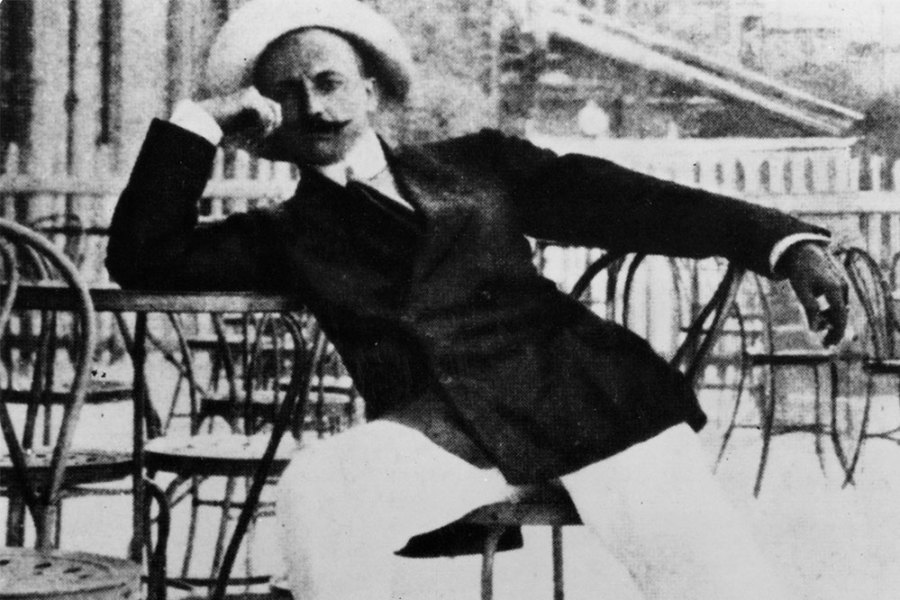
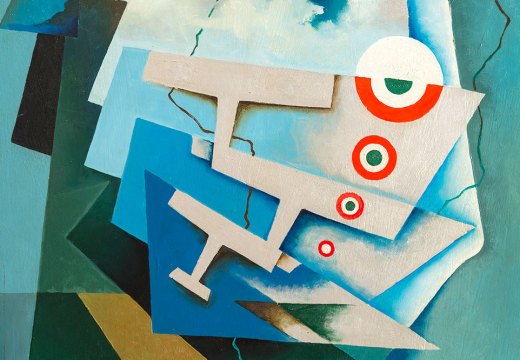
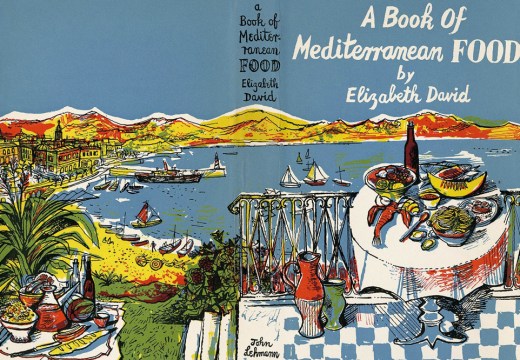
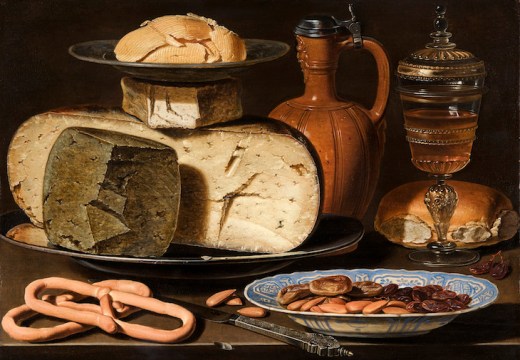









![Masterpiece [Re]discovery 2022. Photo: Ben Fisher Photography, courtesy of Masterpiece London](http://www.apollo-magazine.com/wp-content/uploads/2022/07/MPL2022_4263.jpg)
Has the Fitzwilliam lost the hang of things?